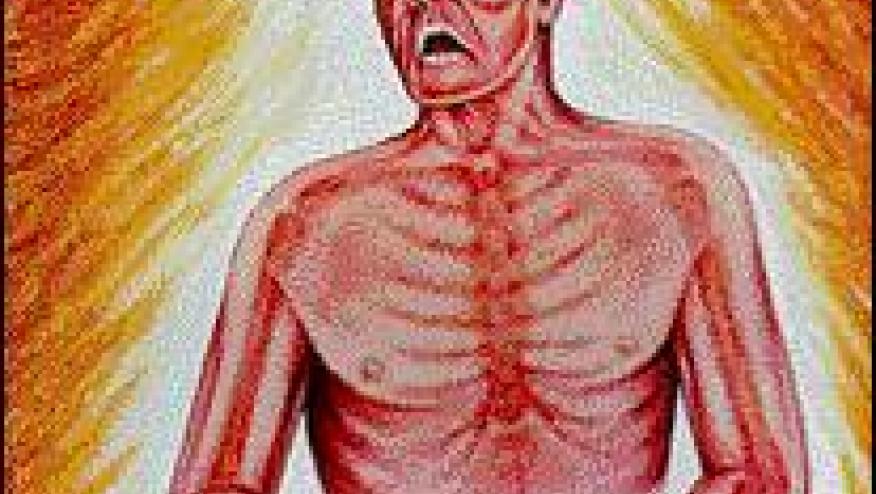Tofacitinib Effective in Refractory Still's Disease Save

Fourteen cases reported from mainland China suggest that tofacitinib (TOFA) may be effective in patients with refractory adult-onset Still’s disease (AOSD), further adding to a growing list of potential use of JAK inhibition in managing inflammatory, and now autoinflammatory, disease.
AOSD is characterised by spiking fever, rash, polyarthralgia, sore throat and may be complicated by the cytokine storm of macrophage activation syndrome.
A JAK inhibitor was chosen for use based on a) the inavailability of interleukin 1 (IL-1) inhibitors in China, b) the wide array of anti-cytokine effects, including effects on gamma interferon, by JAK inhibitors and lastly c) antecdotal reports of prior efficacy of tofacitinib in recalcitrant systemic juvenile idiopathic arthritis.
They described the efficacy of tofacitinib in 14 patients with refractory AOSD, all meeting Yamaguchi’s criteria.
AOSD was assessed clinically and by acute phase reactants - erythrocyte sedimentation rate (ESR), C-reactive protein (CRP) and ferritin, and using modified Pouchot’s systemic score.
Using TOFA (presumeably 5mg bid), half of the 14 patients achieved complete remission with decreased prednisone and 6 patients achieved partial remission and one relapsed when reduced the dosage of prednisone to 2.5 mg/day. T
Only 4/14 terminated tofacitinib: two patients were for partial remission, one for menometrorrhagia and one for relapse.
With 4 weeks of TOFA, 7 patients quickly achieved complete resolution of fever and rashes, eight of polyarthritis.
The average dose of prednisone was significantly decreased from 37.3 mg/day to 5.0 mg/day at month 12.
Adverse events occurred in two patients; 1 diarrhoea and and the other had menometrorrhagia.
The authors postulate that TOFA may work in AOSD by its inhibitory effects of IL-6, IL-10, IFN-γ, INF-α and granulocyte macrophage-colony stimulating factor (GM-CSF).
In this uncontrolled report, TOFA was effective in refractory AOSD patients leading to high rates of remission and steroid sparing.











If you are a health practitioner, you may Login/Register to comment.
Due to the nature of these comment forums, only health practitioners are allowed to comment at this time.